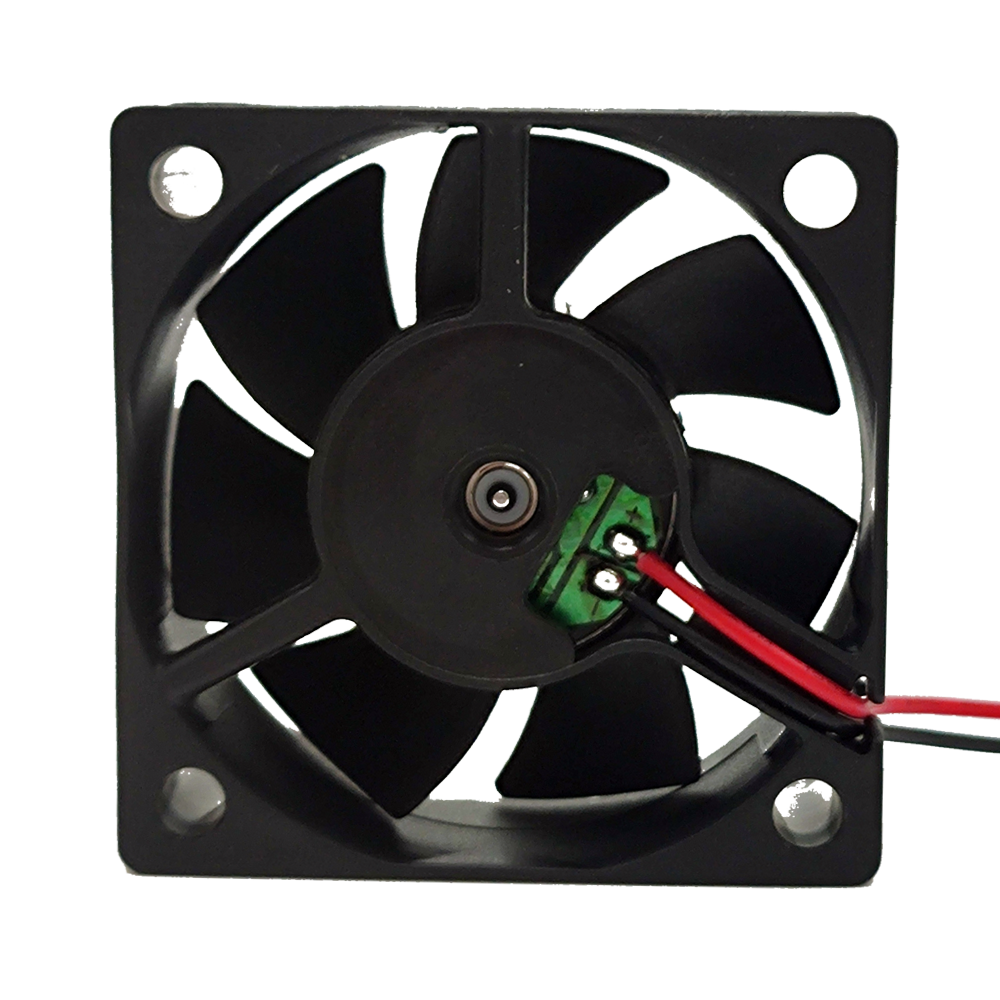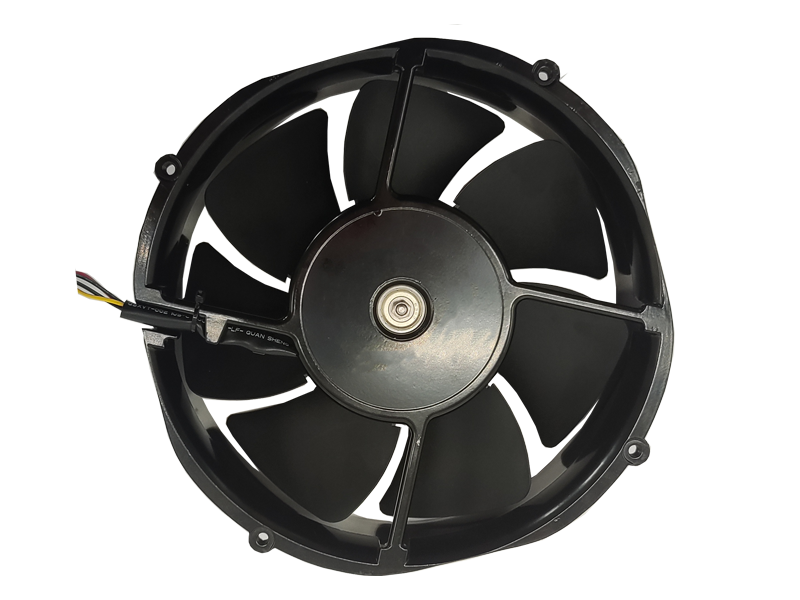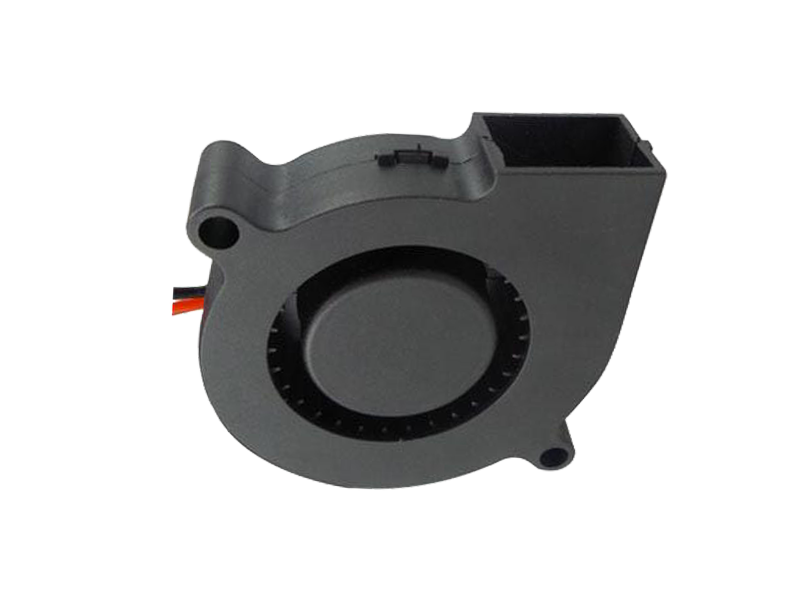Introduction
With industrial fans consuming 20% of global industrial electricity, efficiency isn't optional—it's existential. This article examines how product strategies transform energy waste into profitability through innovative motor technologies, system integration, and regulatory mastery.
1. Motor Technology: The Heart of Efficiency
Permanent Magnet Motors (PMM): 95% efficiency vs. 85% for induction motors
Variable Frequency Drives (VFD): Cut energy use by 30-50% through demand-based speed control
EC Motors: Electronically commutated designs enabling precise airflow management
A food processing plant achieved 42% energy savings by replacing fixed-speed fans with VFD-controlled PMM units, reducing CO2 emissions by 1,200 tons annually.
2. System Integration: Beyond Isolated Performance
Modern industrial fans operate as nodes in smart systems:
IoT Sensors: Real-time monitoring of vibration, temperature, and power draw
Predictive Analytics: Machine learning algorithms predicting bearing failures 14 days in advance
Demand Response: Automatically reducing output during peak tariff periods
A water treatment facility leveraged cloud-connected fans to participate in grid balancing programs, generating $180,000/year in ancillary revenue.
3. Regulatory Navigation: Turning Compliance into Innovation
Strict standards drive innovation:
ERP Directive: EU's Energy-related Products regulation mandating MEPS (Minimum Energy Performance Standards)
DOE Regulations: U.S. Department of Energy's fan efficiency grading (FEG) system
ISO 50001: Energy management system certification reducing operational costs by 15%

A HVAC manufacturer used ISO 50001 compliance as a springboard to develop fans exceeding Tier 2 efficiency, capturing 35% of the European retrofit market.
4. Circular Economy: Designing for End-of-Life
Forward-thinking companies implement:
Modular Design: Swappable motor cartridges extending service life
Recyclable Materials: 98% recyclability rate for aluminum fan housings
Take-Back Programs: Recovering rare earth metals from retired motors
An automotive supplier's closed-loop recycling program reduced raw material costs by 27% while achieving 92% landfill diversion.
Conclusion
Energy efficiency in industrial fans has evolved from regulatory checkbox to strategic differentiator. Companies that view every watt saved as profit preserved—and every efficiency gain as a market opportunity—are redefining industrial fan economics for the 21st century.
Recommended Products

The main purpose:Car charging station

The main purpose:Car charging station

The main purpose:Electronic refrigerators, water dispensers, direct drinking machines, inverter power supplies
Address:No. 4137, Longgang Avenue (Henggang Section), Henggang Community, Henggang Street, Longgang District, Shenzhen
hotline:13530005572(Chen)15112579390(Li)


Welcome all friends to come for consultation and negotiation.
Copyright 2024 @ Shenzhen Youneng Xinyuan Electronics Co., Ltd.,(industrial fans,industrial blowers,axial fans,cooling fans manufacturer,centrifugal fans,ac cooling fans,dc cooling fans)